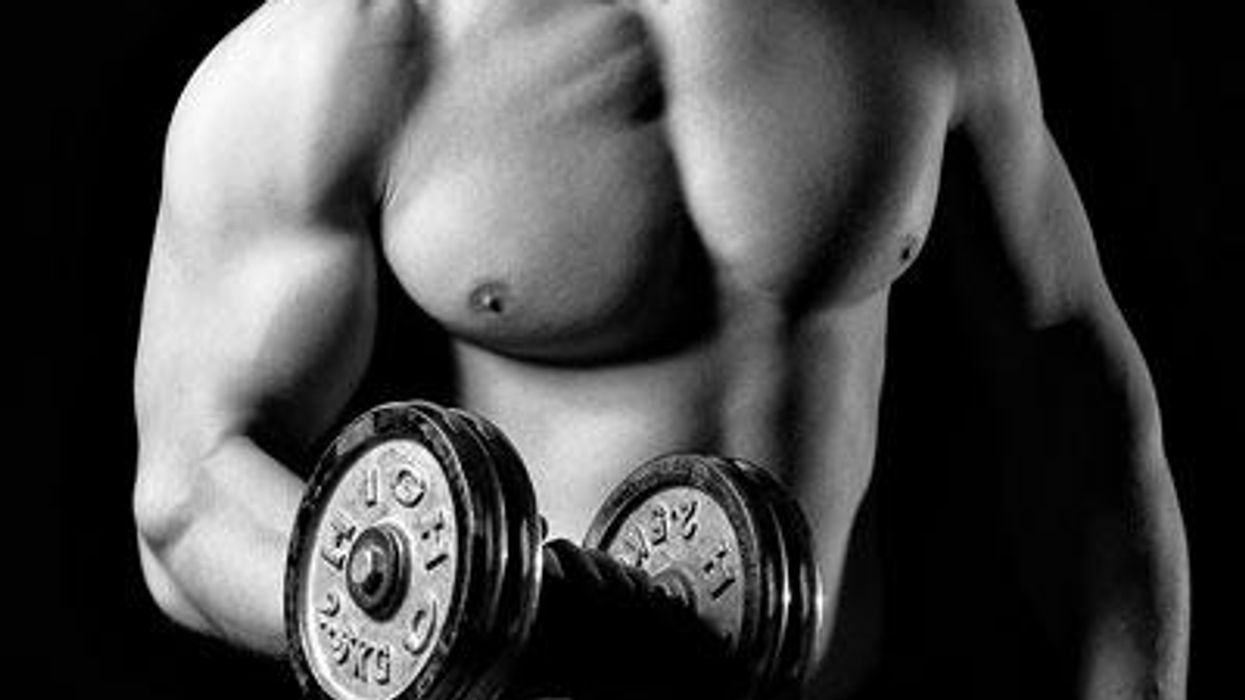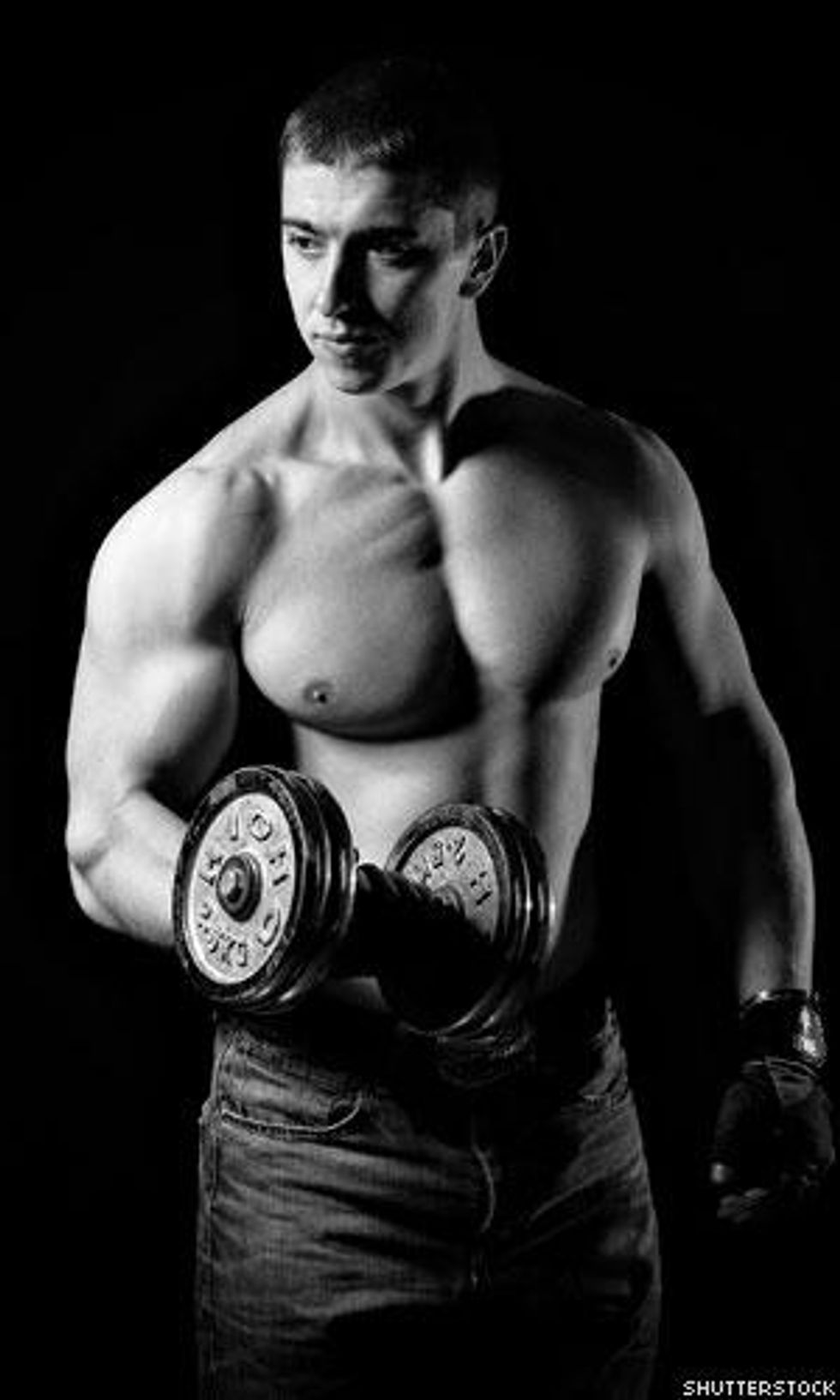
A recent study published in
Pediatrics, the official journal of the American Academy of Pediatrics, has raised alarms about the way some gay teens are responding to bullying.
Researchers analyzed government surveys from 2005 to 2007 of boys whose age averaged 16, 4% of whom self-identified as gay or bisexual. While only 4% of the survey's straight respondents said they used steroids, 21% of the gay ones did.
A 2012 study of high school students found that "increasingly muscular" images of men, combined with relatively easy access to steroids, puts pressure on boys to look a certain way -- what Michael Kehler, a professor at the University of Western Ontario, calls the "hypervisibility of the masculine body."
While Aaron J. Blashill and Steven A. Safren, both affiliated with Massachusetts General Hospital and the LGBT health clinic Fenway Health, mentioned poor body image in their study on gay teen steroid abuse, they took it a step further. Comparing their data to the CDC's Youth Risk Behavior Study, they discovered that bullying was a more important factor.
Kehler has studied extensively why some boys dread gym class. For them, he tells The Advocate, the locker room becomes a place where "masculinities are policed and scrutinized." They see working out as a way to "gain membership, to gain status" among their peers and, by extension, in a world that defines masculinity as muscle mass. For boys who are not straight, masculinity -- and therefore status -- is a matter of outsized significance. Those who do not appear masculine enough can be subject to bullying.
"Schools and parents," Kehler says, "need to rethink body image as it relates to youth understandings of what it means to be a boy and to be a man."
Significant muscle mass can be the result of hard work rather than innate masculine characteristics, something both boys and adult men would do well to acknowledge. As a therapist once told me, "If they look like they go to the gym all the time, that's because they go to the gym all the time."


 A recent study published in Pediatrics, the official journal of the American Academy of Pediatrics, has raised alarms about the way some gay teens are responding to bullying.
A recent study published in Pediatrics, the official journal of the American Academy of Pediatrics, has raised alarms about the way some gay teens are responding to bullying.
Charlie Kirk DID say stoning gay people was the 'perfect law' — and these other heinous quotes